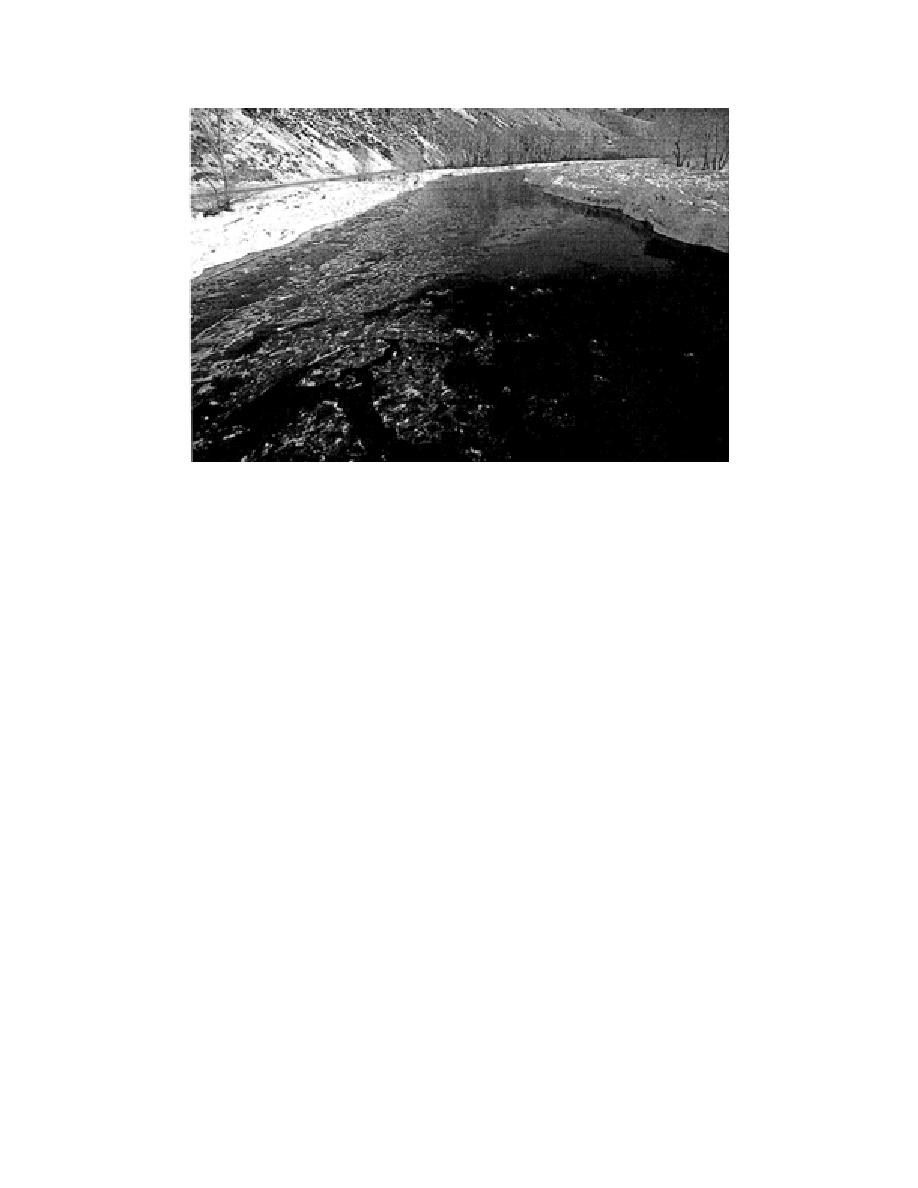
Figure 4. River channel following ice jam failure; view is looking upstream.
Objective and approach
The ultimate objective of this work is to address the three sets of questions pre-
sented in the Needs for Research section. To do so required carrying out the follow-
ing tasks:
Determine the temporal sequence of events associated with ice jam formation,
failure, and reformation.
Identify the important processes and parameters involved in shoving and thick-
ening, and properly formulate the equations describing them.
Develop a numerical model, correctly representing the shoving and thicken-
ing of ice, for use in examining the formation and evolution of jams, including
freezeup and breakup jams. The model would be used further to investigate
1) the progression of freezeup jams formed at an ice boom; 2) the effects of a
jam on hydraulics as the length of the jam increases and evolves by shoving
and thickening; 3) the failure of an ice jam ascribable to increases in water
discharge simulating the effects of hydropower releases or surges from the
failure of upstream ice jams; and 4) the effects of ice momentum on the pre-
dicted thickness of jams.
Identify a parameter that delineates when the effects of ice momentum be-
come important for determining a jam thickness profile, and when a fully
coupled, moving ice model should be used instead of a steady-state, station-
ary ice model.
Discussion
Although the published literature on jams contains descriptions of the general
processes leading to shoving and thickening, there is no description of how jams in
fact move and, in so doing, modify water flow. In very general terms, an ice jam
forms when the downstream movement of ice is stopped. If the forces exerted on
the jam continue to increase (owing to increased water discharge, increased cover
4



 Previous Page
Previous Page
